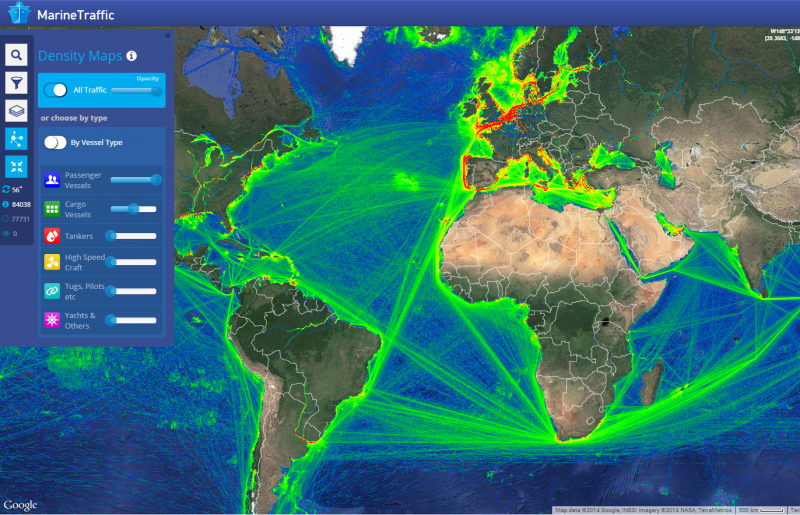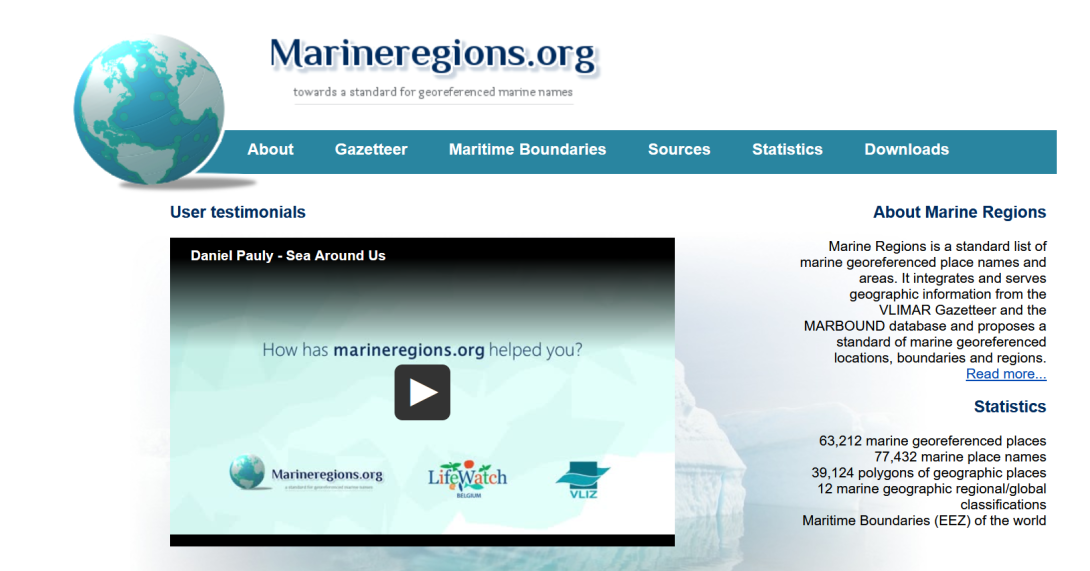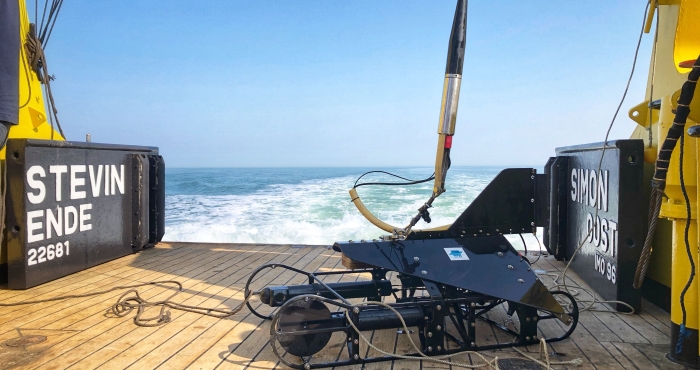
MarineTraffic displays the movement of over 550.000 vessels worldwide, based on their Automatic Identification System (AIS) signals. The website attracts millions of users on a monthly basis. Since March 31st, these vessel locations can also be plotted against the global Exclusive Economic Zones (EEZs), a dataset provided by MarineRegions.





